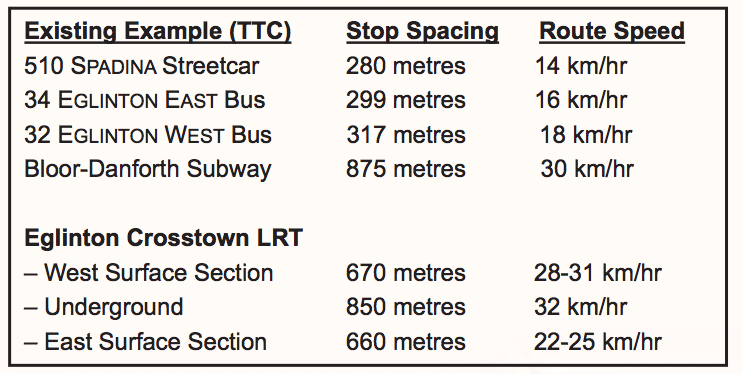Mike in TO
Senior Member
Small Update:
- TTC staff has identified 45 private properties that the commission would have to acquire in full for construction to proceed;
- Furthermore, 53 private properties have been identified that the commission would need to acquire in part;
- Lastly, there are 55 sites under municipal, provincial or federal jurisdiction that the TTC would need to acquire either a portion of or fully.





